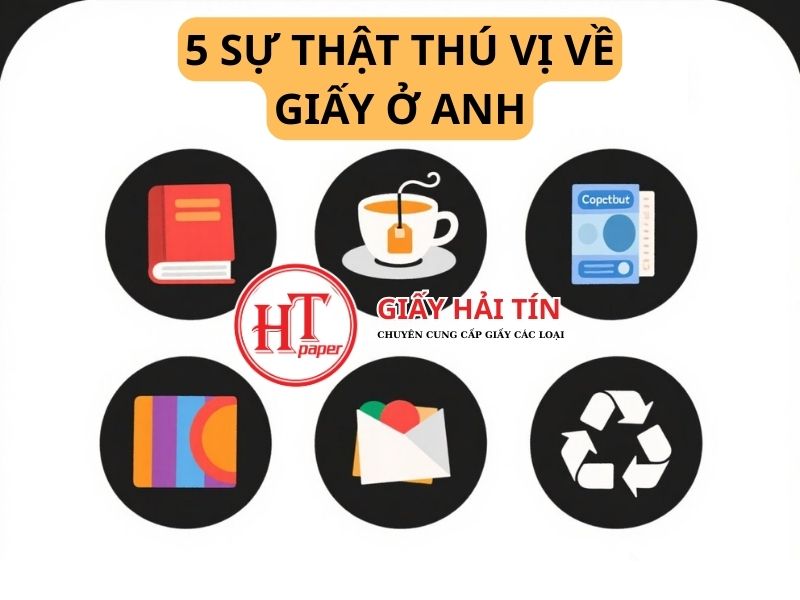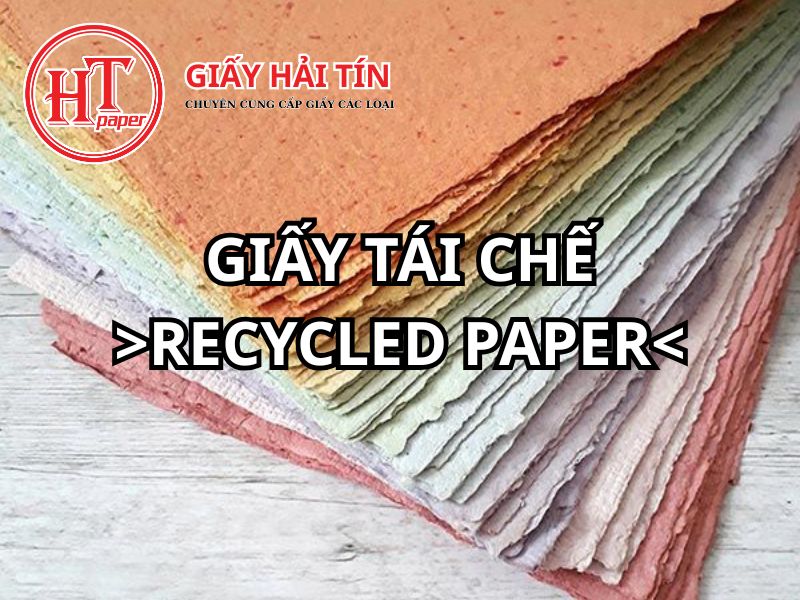The paper industry identifies 2 issues that need to be addressed immediately if it wants to develop sustainably.
The Vietnam Pulp and Paper Association believes that quick solutions are needed for these two issues so that the domestic paper industry can develop sustainably and contribute to the overall sustainable development of the Ministry of Industry and Trade and the economy. Sustainable development of the paper industry is closely linked to the circular economy.
Sustainable development of the paper industry is closely linked to the circular economy.
At a recent seminar on sustainable development orientation for the industry, Mr. Dang Van Son, Vice Chairman and General Secretary of the Vietnam Pulp and Paper Association, stated that the paper industry is facing a significant development opportunity and could become one of the important supporting industries for most economic sectors and other production and business fields such as packaging production, printing, forestry, education and training, science and technology, cultural society, and international integration.
Notably, in Vietnam, the proportion of paper packaging contributing to exports is substantial, especially in sectors such as textiles, seafood, leather and footwear, electronics, etc. In recent years, the Vietnamese paper industry has seen an average growth rate of about 10-12% per year, with packaging paper alone growing at approximately 15-17% per year.
With the characteristics of the industry, the Vietnam Pulp and Paper Association (VPPA) has emphasized the importance of sustainable development and environmental protection, particularly focusing on building the paper industry in line with the circular economy, utilizing secondary raw materials, and especially considering recovered paper as a production raw material.
“The concept of a circular economy is relatively new to Vietnamese enterprises, especially small and medium-sized enterprises. However, the paper industry has historically been a circular economy sector,” said Mr. Dang Van Son.
“We focus on managing and regenerating resources in a closed loop to avoid generating waste. Resource utilization is carried out through collecting and recycling paper to produce suitable products.”
Specifically, the starting point of paper is from planted forest wood, which must have sustainable forest certification (FSC) for export, and then produce various types of paper.
Used paper is retrieved and recycled, with very few types of paper that cannot be recycled, such as toilet paper.
The recycling process can occur multiple times with products suitable for their intended use and market demand, not only contributing to environmental protection but also helping businesses have a stable source of raw materials.
Recycling activities become a business from the collection at the source to the final treatment and disposal, thus creating economic value from recycling activities.
Currently, companies applying new technologies and cleaner production solutions have gained significant environmental benefits by reducing energy consumption and saving costs for businesses. For example, water used in production is now being reused in a circular manner, and new technologies are reducing electricity consumption and using solar energy, while chemicals are minimized...
Most paper products can be recycled (except for some types of toilet paper). Paper can be recycled up to 7 times; using recycled paper as raw material for production can significantly reduce energy, clean water, emissions... especially reducing the amount of virgin fibers from trees, which take 5-7 years to grow.
According to a VPPA representative, the role of the paper industry is not only measured by its current tangible value but also by the value it adds as a supporting sector for other industries, particularly exports. Therefore, prioritizing the paper industry for development within the framework of the circular economy in the sustainable development plan for the industry is very important.
Are recycled paper and recovered paper being misunderstood?
Mr. Dang Van Son stated that one of the important tasks at present is to raise awareness across society about sustainable development in the paper industry.
“For instance, people often think that paper production involves deforestation for wood, but it is important to emphasize that wood cannot be taken from natural forests. Paper can only be produced from certain types of trees from planted forests, which typically must have sustainable development certification (FSC),” a VPPA representative confirmed.
It is worth noting that to develop a circular economy, it is necessary to use secondary raw materials for recycling and reuse as primary raw materials in production activities. Notably, in the structure of raw materials for the paper industry, over 70% of the input materials are recycled and recovered paper. From this paper source, the paper industry processes it into pulp and produces finished paper.
Thus, there is a need to correctly understand recycled paper/recovered paper and its important role as a raw material, rather than considering it waste as many people mistakenly believe.
“In the world, used paper is not regarded as waste. They see it as a secondary raw material, a type of resource. In the U.S., Europe, and Japan, for example, they clearly classify each type of used paper such as OCC (old corrugated container), which is old box paper, ONP (Old News Paper), which is old newspaper...”
Therefore, according to the VPPA, there are two issues that need to be quickly resolved if we want to develop the paper industry into a circular economy and truly sustainable development.
Firstly, it is necessary to reconsider the classification of secondary raw materials and waste to clearly distinguish between these two concepts, avoiding confusion in policy building and public communication so that people and businesses have a correct view of recycled paper serving production.
Secondly, it is essential to implement more solutions to encourage and enhance collection, recycling, and reuse, particularly by creating sub-law documents to establish a comprehensive legal framework to call for the participation of society in this matter.
Giấy mất bao lâu để phân hủy? Đây là câu hỏi then chốt cho cả người tiêu dùng và doanh nghiệp khi chọn vật liệu và xử lý rác thải. Thời gian phân hủy của giấy có thể dao động từ vài tuần đến nhiều năm — phụ thuộc vào loại giấy, lớp phủ/mực/keo và môi trường (compost — ủ phân hay landfill — bãi chôn lấp). Bài viết này phân tích chi tiết các yếu tố ảnh hưởng và gợi ý cách xử lý thân thiện với môi trường.
Giấy khadi ấn độ là loại giấy thủ công truyền thống nổi bật của Ấn Độ, nổi tiếng với vẻ đẹp tự nhiên, độ bền cao và ý nghĩa văn hóa sâu sắc. Loại giấy này không chỉ dùng trong các hoạt động nghệ thuật mà còn gắn liền với lịch sử và tâm linh của đất nước này.





